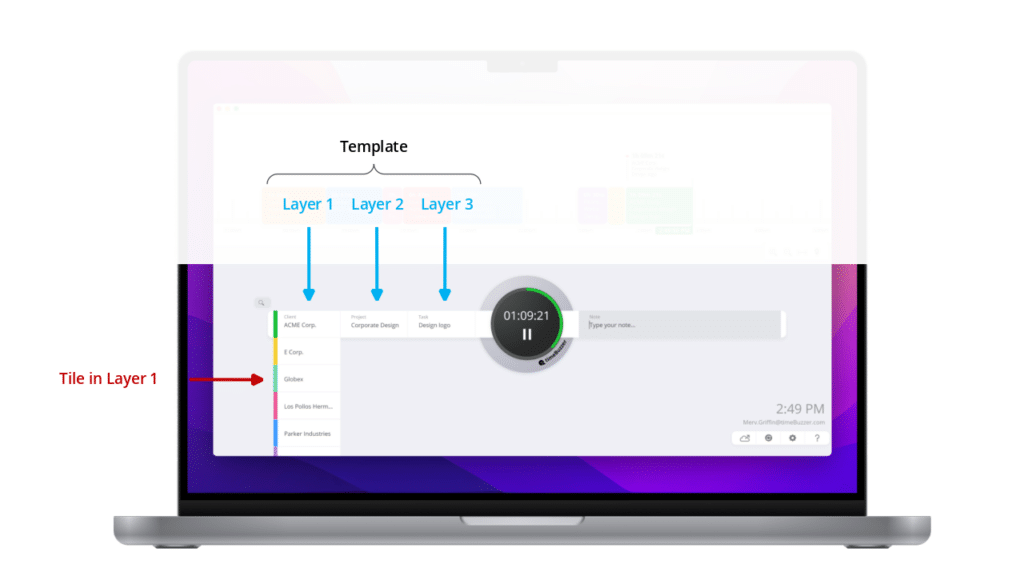
API & Developers
Build integrations that perfectly fits your needs.
In this documentation you will learn how to connect timeBuzzer to any application with an open API. TimeBuzzer is built on a REST API. You can create items like projects, customers or tasks, you can create and edit time entries and receive new time entries via webhooks.
Quick Start
Understand timeBuzzer Data model
Due to the flexible data model, timeBuzzer can be connected to almost any solution.
To learn more about our data model and how it works, please visit our guide on Github.
All API requests
In our API documentation you can the list of all API requests you can use.Common requests in Postman
Here you can find the most common requests prepared in Postman.
Contact
If you have any questions, please contact us.